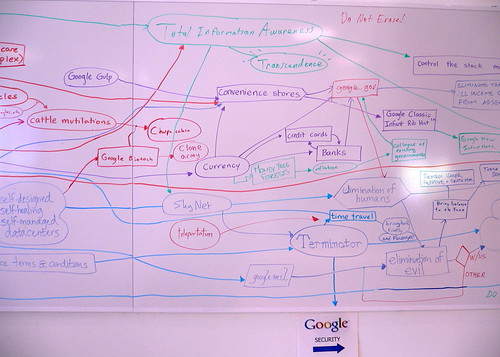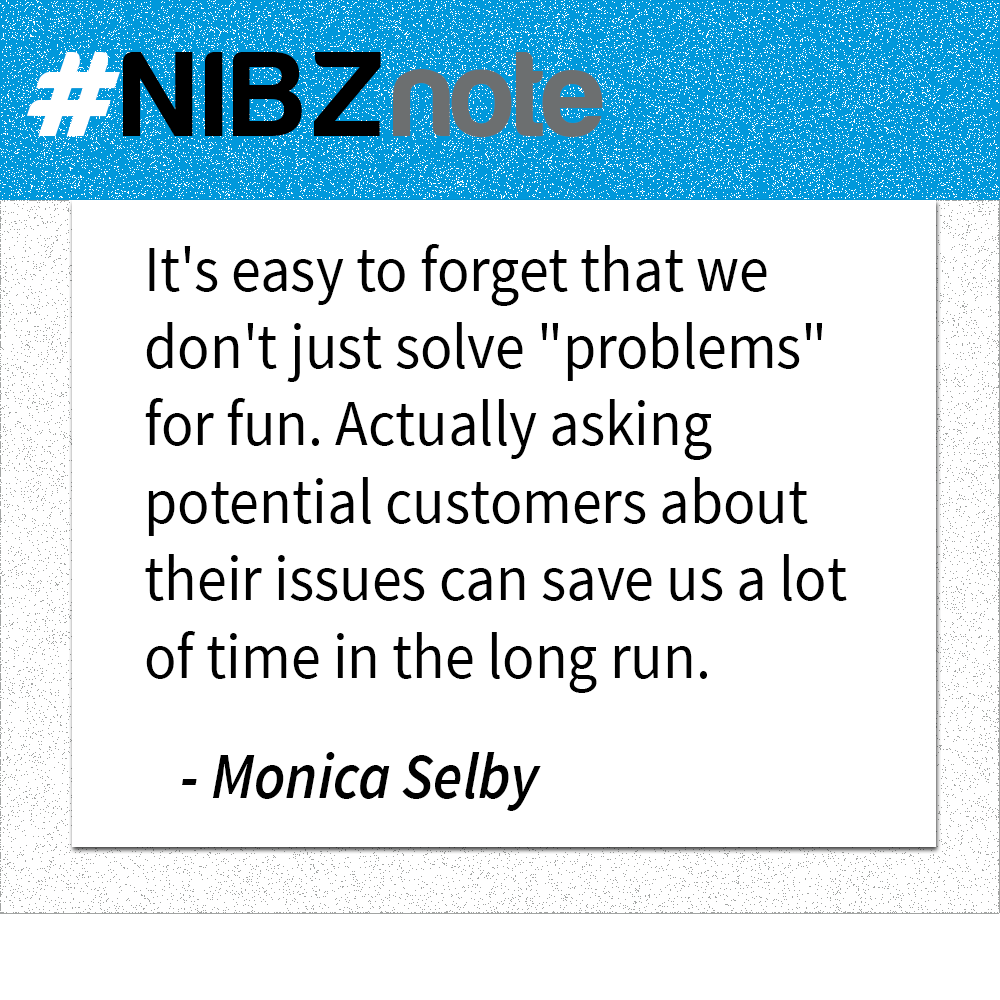Entrepreneurs are an interesting bunch. We’re visionary, constantly moving towards our idea of a better world. We’re also stubborn and hard-headed, convinced our way is the only way.
Those two character traits often make it challenging to do the one thing we really need to do: focus.
We have a hard time with focusing because we wake up one day, and we can clearly see what the world will look like when our ideas come to life. We see fully functioning businesses, software, and company cultures. In our minds, that’s already reality.
Unfortunately, it’s not actually–you know–reality.
I love the story of how oDesk figured out its business model. In the beginning there was no technology behind the site. Customers would post a job, and a woman named Sandy would handpick resumes to send back to the business owner. No one knew this is how things were working. On the outside it looked like a miraculous matching service that brought you the perfect outsourcer. From that manual model, the company was able to figure out what clients actually wanted.
“We didn’t build it because we would’ve built the wrong thing,” oDesk CEO Gary Swart says.
So, where do you start with this big vision that you’re testing out but not building yet? That’s the hardest problem for any entrepreneur because there are no articles on your particular business. Even if you’re in a crowded industry, there is no such thing as a playbook that will work for everyone.
Swart suggests “The Painted Door” method of customer discovery.
“Before you build it, why not put a painted door there and see if people walk through it?” he says. “As opposed to building the functionality and then having nobody show up.”
It’s such common advice in startup land, it’s almost cliche. And yet . . . and yet no one seems to take it seriously.
What if you took your grand idea, broke it down into a series of painted doors and, one door at a time, tested the waters? I know, I know. It’s way sexier to do everything at once–to dive in and go broke and crazy building your dream overnight.
Or, you could maintain your health and actually build a company that survives.






